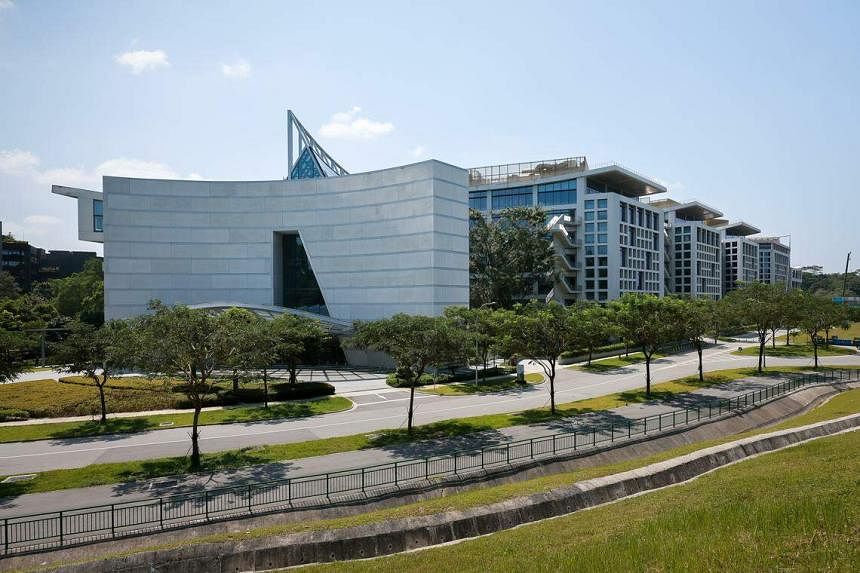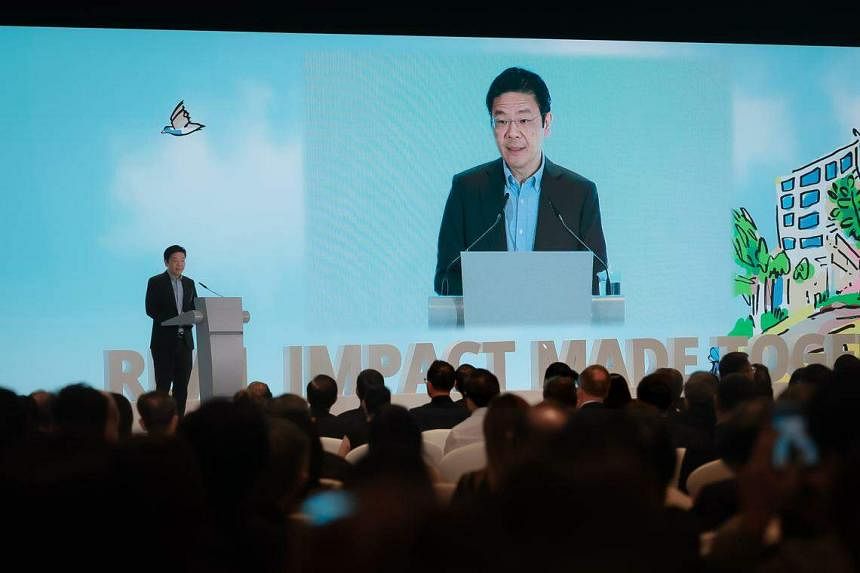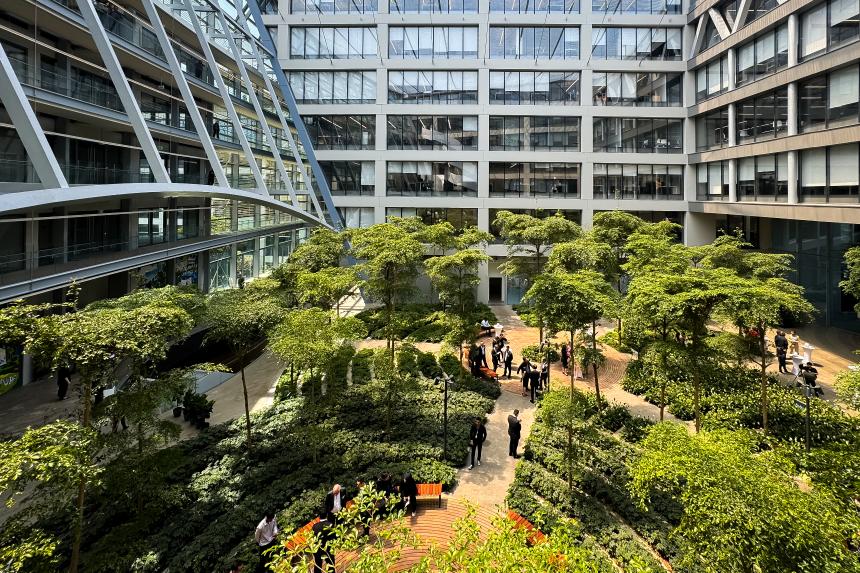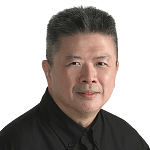SINGAPORE - Home-grown multinational Surbana Jurong’s $400 million “campus in nature”, which officially opened its doors on March 13, was built at substantial savings of up to 15 per cent below the market rate.
This was because of the company’s in-house know-how in optimising construction costs, said its regional head of Asia and chief executive of integrated solutions, Mr Yeo Choon Chong.
Designed by Mr Moshe Safdie – the architect who envisioned the iconic Marina Bay Sands and Jewel Changi Airport – the pandemic-interrupted 1.2 million sq ft structure was completed after almost four years in gestation.
Situated in CleanTech Park within JTC Corporation’s Jurong Innovation District, the 10 five- and seven-storey towers sit on a 301,389 sq ft site that has a standard 30-year lease.
The design of the “campus in nature” also preserves more than half of the site’s initial green space. The building itself has green areas such as gardens on the roofs, lush indoor spaces as well as a 60-year-old Banyan tree – the focal point in one of the external courtyards.
Already, it is about two-thirds occupied, as Surbana Jurong brings together 4,000 staff from its associated companies under one roof for the first time since 2015, when the company was established as a merger between Surbana and Jurong International. Surbana was the corporatised development arm of the Housing Board, while Jurong International was its counterpart over at JTC.
Across the globe, the urban, infrastructure and managed services consultancy’s entire group of companies and associates have a headcount of 16,000 spanning more than 40 countries, with about 100 nationalities.
Mr Yeo said the project was fully funded by M&G Real Estate, a United Kingdom company that is one of the world’s leading property investors and the real estate investment arm of M&G Investments.
He added that instead of the traditional develop-and-lease model, the lease came with a unique feature that allows Surbana Jurong a degree of latitude in choosing who else can lease space within the campus, rather than having M&G, the landlord, calling all the shots.
Mr Yeo said: “We’re not looking to maximise the rental income for the remaining space.
“Instead, we want to attract tenants who can contribute to innovation, as well as research and development – like-minded folk who can collaborate with us and boost the business.”
He noted that the ground floor of the campus will remain open to the public 24/7 and will be integrated with the surrounding community, particularly when Tawas MRT station – about a five-minute walk away and still under construction – comes online in 2027.
The public will be able to enjoy activities including walking trails, birdwatching, cycling, and visiting the nearby Jurong Eco-Garden. On the campus itself, there are several eateries as well as facilities for cyclists.
Integral to the design is a conscious effort to ensure that the structure meets the company’s sustainability goals, as reflected in Surbana Jurong group chief executive officer Sean Chiao’s address during the opening ceremony.
Notably, Mr Chiao said: “This campus is more than a global headquarters; it’s a living lab for innovating solutions and pushing the boundaries of sustainable development.”

To this end, the building’s green bona fides include the Green Mark Platinum Super Low Energy awarded by the Building and Construction Authority (BCA) and Green Mark Platinum for Healthier Workplaces, by both BCA and the Health Promotion Board.
Among the key features are structures that form self-shading terraces, reducing solar radiation by 36 per cent, while additional savings are derived from Singapore’s largest underfloor cooled air distribution system.
Together, these systems achieve overall energy savings of 41 per cent, or an estimated 4.4 million kilowatt-hour per year.
Meanwhile, the building also deploys next-generation solar panels on four of its rooftops and can produce a combined energy yield equivalent to powering 120 three-room HDB flats every year.
In his keynote address, Deputy Prime Minister Lawrence Wong, who was guest of honour, underscored that urban solutions is an area where Singapore possesses some competitive strengths, developed almost out of necessity.

Mr Wong noted that while Singapore cannot claim to have the best solutions, staying open to new ideas is key, as the country continues to learn and improve.
“We do all this to build a better city for our people,” he said.


